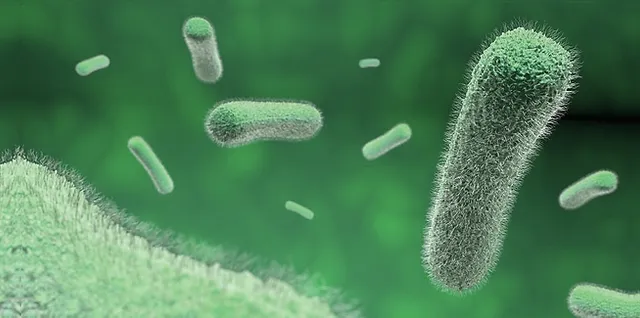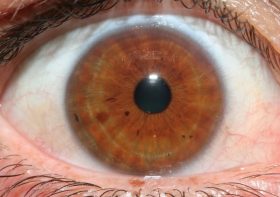Unlocking the Mysteries of Pseudomonas putida: Characteristics, Differentiation, and Superbug Status

Pseudomonas putida is a name that might not roll off the tip of your tongue, but it’s a bacterium worth knowing about. In this 2500-word article, we’ll explore the fascinating world of Pseudomonas putida, what it’s known for, the diseases it can cause, its unique characteristics, the reasons behind its “superbug” reputation, and how to differentiate it from another well-known bacterium, Pseudomonas aeruginosa.
What is Pseudomonas putida known for?
Pseudomonas putida is a versatile and resilient bacterium known for its remarkable abilities in various fields, including bioremediation, industrial applications, and research. It’s often regarded as a beneficial microbe due to its unique metabolic capabilities. Researchers and scientists have extensively studied this bacterium to harness its potential in breaking down environmental pollutants, biocontrol, and biotechnology.
What disease does Pseudomonas putida cause?
Unlike some of its notorious relatives in the Pseudomonas genus, such as Pseudomonas aeruginosa, Pseudomonas putida is not primarily associated with causing diseases in humans. Instead, its notoriety stems from its role as a useful microorganism, contributing to environmental health.
What is Pseudomonas putida also known as?
Pseudomonas putida is often referred to by its scientific name, but it may not have as many alternative names or common nicknames as some other bacteria. It’s a distinct species with unique characteristics that set it apart within the Pseudomonas genus.
What are the unique characteristics of Pseudomonas putida?
Pseudomonas putida possesses a wide array of unique characteristics that make it a standout bacterium:
- Metabolic Versatility: Pseudomonas putida is well-known for its ability to metabolize a wide range of organic compounds, including hydrocarbons, aromatic compounds, and other pollutants. This metabolic flexibility makes it a valuable player in bioremediation efforts to clean up contaminated sites.
- Biofilm Formation: Like many other Pseudomonas species, Pseudomonas putida can form biofilms. Biofilms are communities of bacteria that adhere to surfaces and are involved in various industrial and medical contexts.
- Antibiotic Resistance: While not as concerning as Pseudomonas aeruginosa in terms of antibiotic resistance, Pseudomonas putida has demonstrated some resistance to antibiotics, which is an area of ongoing research and concern.
- Nitrogen Fixation: Some strains of Pseudomonas putida can fix nitrogen, which is essential for plant growth. This makes it a potential player in agriculture, promoting plant health and growth.
Why Pseudomonas putida is called a superbug?
The term “superbug” is often associated with bacteria that are highly resistant to antibiotics and pose a significant threat to public health. While Pseudomonas putida doesn’t carry the same level of antibiotic resistance as some other superbugs, its ability to develop resistance to antibiotics over time, especially in clinical settings, has raised concerns. This ongoing research into its antibiotic resistance mechanisms and the potential for it to evolve into a more challenging pathogen keeps it on the radar of scientists and healthcare professionals.
How to differentiate Pseudomonas aeruginosa and Pseudomonas putida?
Pseudomonas aeruginosa and Pseudomonas putida are two distinct bacterial species, but they share some similarities, which can lead to confusion. To differentiate between the two, consider the following:
- Clinical Significance: Pseudomonas aeruginosa is a notorious human pathogen, often causing infections in immunocompromised individuals. Pseudomonas putida, as mentioned earlier, is not a primary human pathogen.
- Colony Characteristics: When grown on culture media, Pseudomonas aeruginosa colonies typically have a distinctive blue-green color, while Pseudomonas putida colonies can vary in color but are generally different from the classic color of P. aeruginosa.
- Biochemical Tests: Laboratories often use a battery of biochemical tests to distinguish between different Pseudomonas species. These tests include the oxidase test, production of pigment, and other metabolic activities.
- Genetic Analysis: DNA sequencing and genetic analysis can provide a definitive differentiation between the two species.
In conclusion, Pseudomonas putida is a remarkable bacterium with unique characteristics and potential applications in bioremediation, biotechnology, and agriculture. While it’s not a major human pathogen, its antibiotic resistance mechanisms and the potential for evolving into a superbug warrant ongoing research and surveillance. Understanding the distinctions between Pseudomonas putida and Pseudomonas aeruginosa is crucial for researchers and healthcare professionals alike.




Leave a Reply